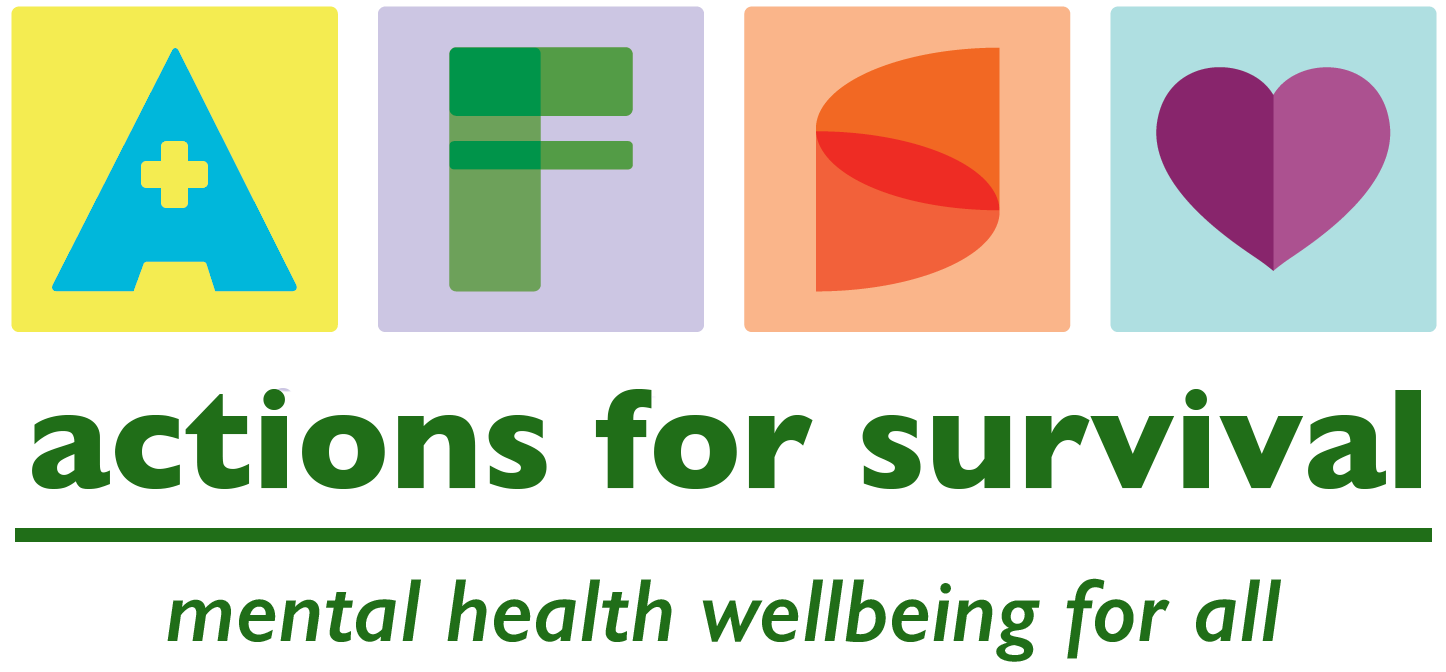There are hundreds of western models of wellbeing. The following is a description of just one.

Being healthy comprises of many different behaviors, such as a healthy diet, regular exercise, looking after yourself and avoiding toxic habits. However, wellness is far more than that. This model is comprised of 8 individual pillars- physical, emotional, social, spiritual, intellectual, occupational, financial, and environmental, each of which makes a unique, significant contribution to your overall state of health.
Each one has the potential to interact with and influence every single other component of wellness. No two are isolated from one another. As you can see the eight pillars of wellness are all interconnected and deeply intertwined.
The aspects of the 8 dimensions of wellness as illustrated above are described by Swarbrick, M. (2006) as follows,
Emotional - coping effectively with life and creating satisfying relationships. This involves the ability to express feelings, enjoy life, adjust to emotional challenges, and cope with stress and traumatic life experiences.
Emotional stability helps an individual recognise conflict as being potentially health damaging, and enhances self-acceptance, and contentment.
Environmental - Good health by occupying pleasant, stimulating environments that support well-being. This involves being able to be and feel physically safe, in safe and clean surroundings and able to access clean air, food, and water. This includes both our micro-environment (places where we live, learn, work, etc.) and our macro-environment (our communities, country, and planet).
Financial - Satisfaction with current and future financial situations. Having the ability to have financial resources to meet practical needs, and a sense of control and knowledge about personal finances.
Financial instability can result in emotional distress.
Intellectual - Recognising creative abilities and finding ways to expand knowledge and skills. This involves lifelong learning, the application of the knowledge learned, and the sharing of the knowledge.
Occupational - Personal satisfaction and enrichment from one’s work. Participating in activities that provide meaning and purpose, including employments, volunteer work, and engagement on meaningful activity connected to social roles.
People find self-definition through their jobs, structure their lives, develop a sense of self-efficiency, develop, and maintain relationships, maintain incomes that support financial wellness, and more.
Physical - Recognising the need for physical activity, healthy foods, and sleep. This involves maintain a healthy body, good physical habits, good nutrition, and exercise and obtaining appropriate health care.
It is important to empower people to focus on nutrition, exercise, smoking cessation, and stress awareness reduction as a means of self-care.
Social - Developing a sense of connection, belonging, and well-developed support systems. This involves having relationships with friends, family, and the community also having an interest in and concern for the needs of others and humankind.
Social support and connectedness are key ingredients in staying well and support recovery.
Spiritual - Expanding a sense of purpose and meaning in life. Spiritual involves having meaning and purpose and a sense of balance and peace.
This is one of the aspects of life which keep many people well.
These are just three of the Models of wellbeing/health that are published. There are many, across all different countries and cultures, however there are many commonalities involved in all of them.

